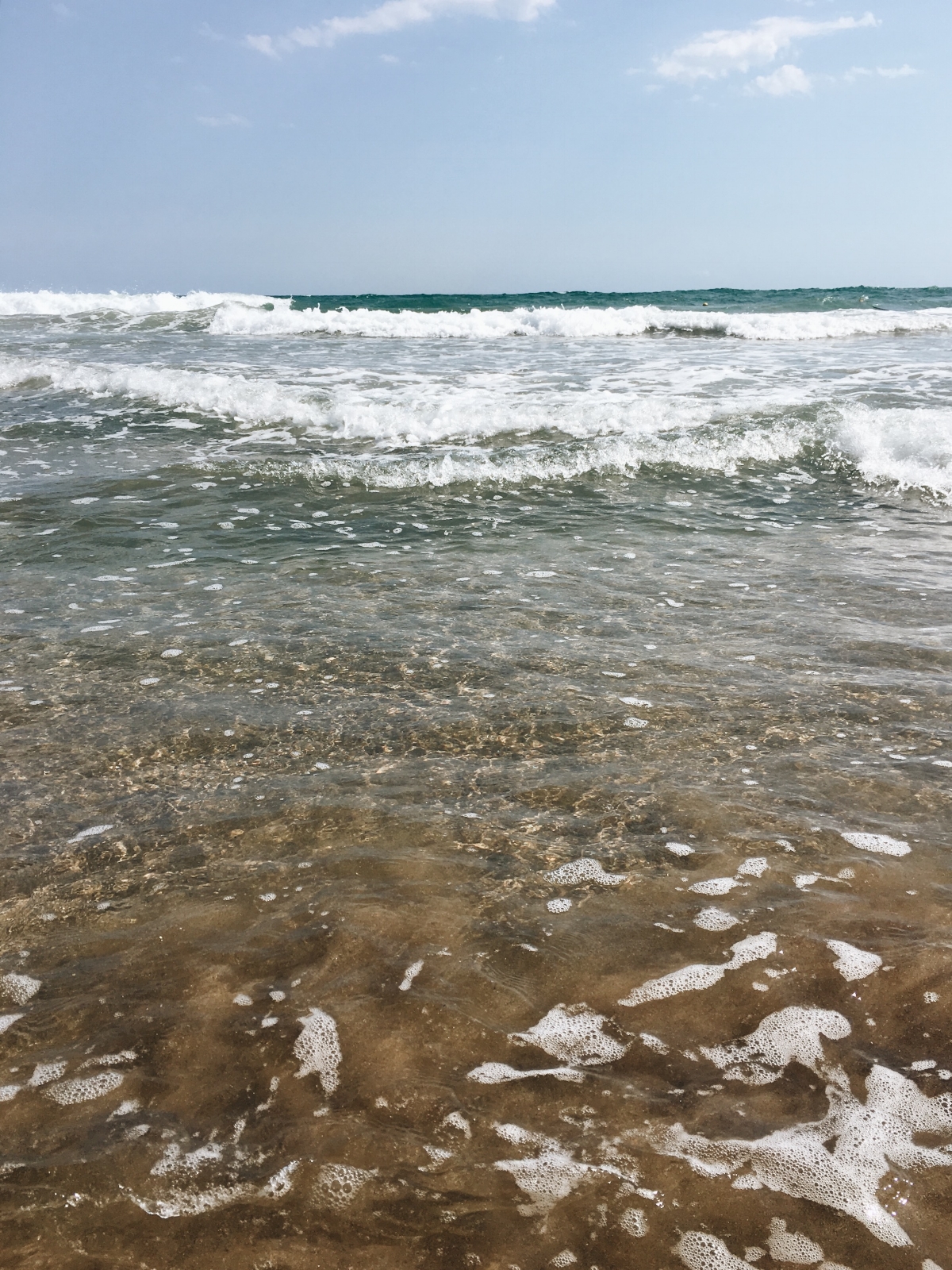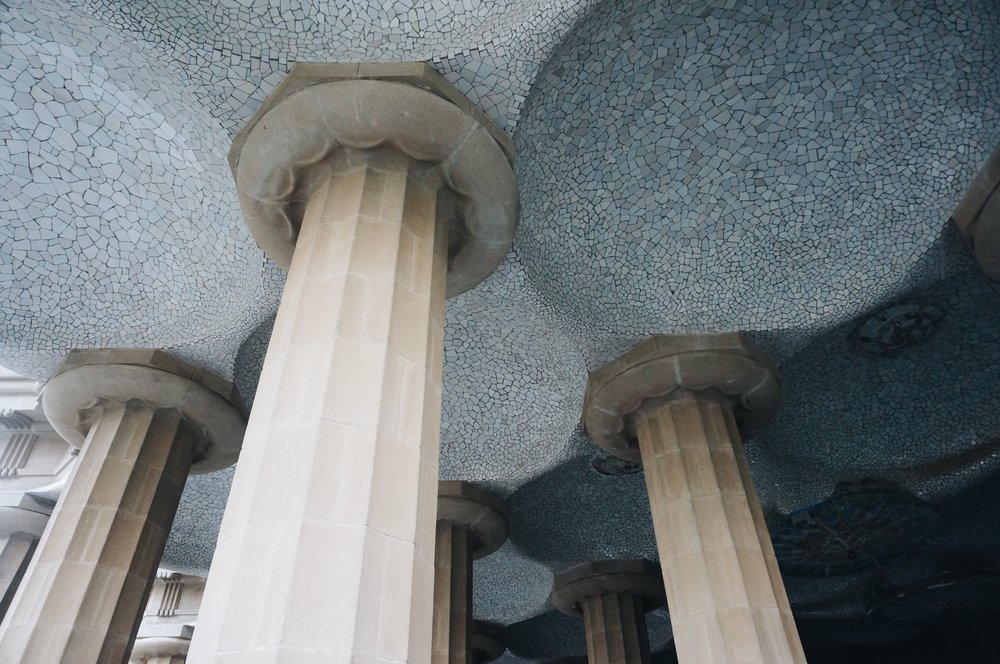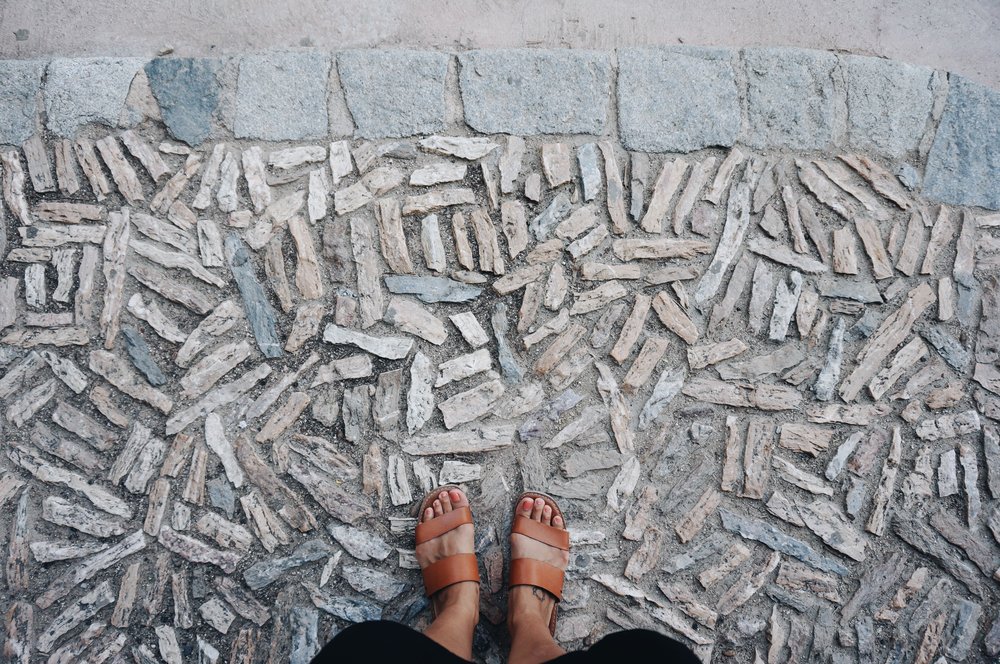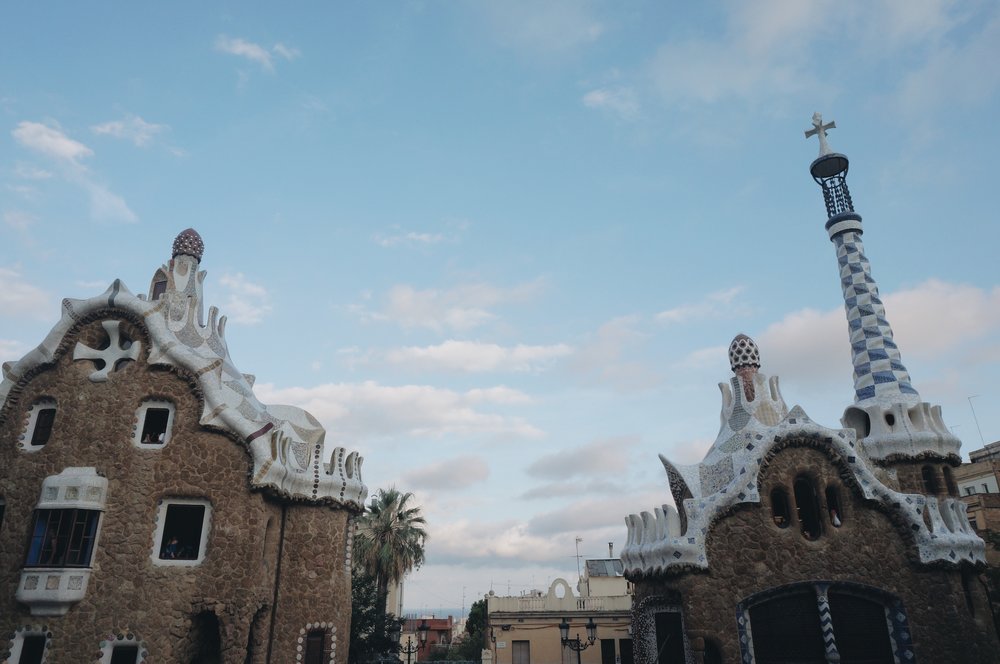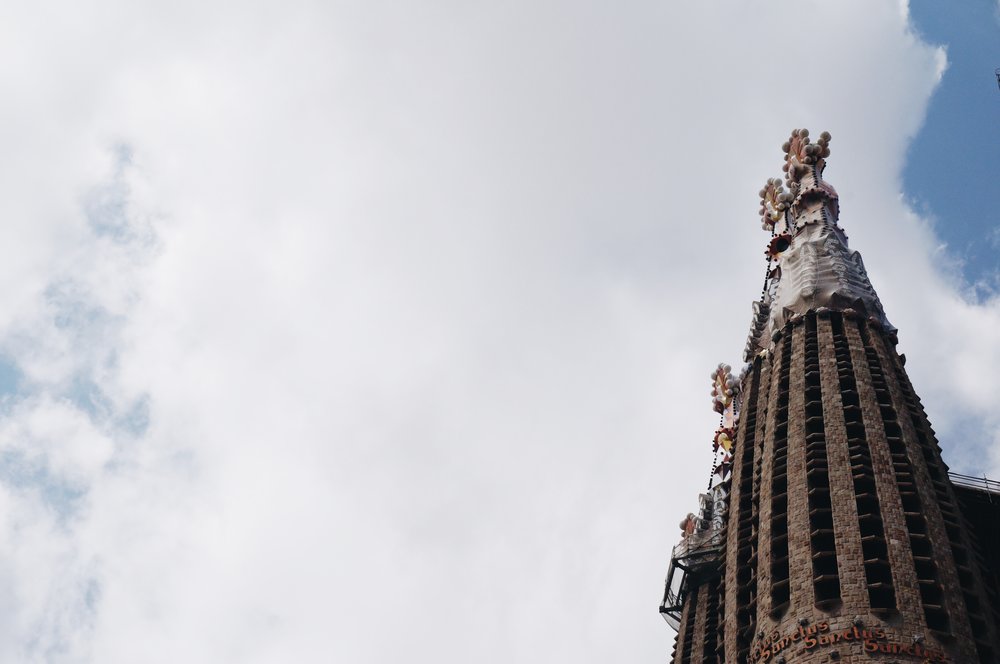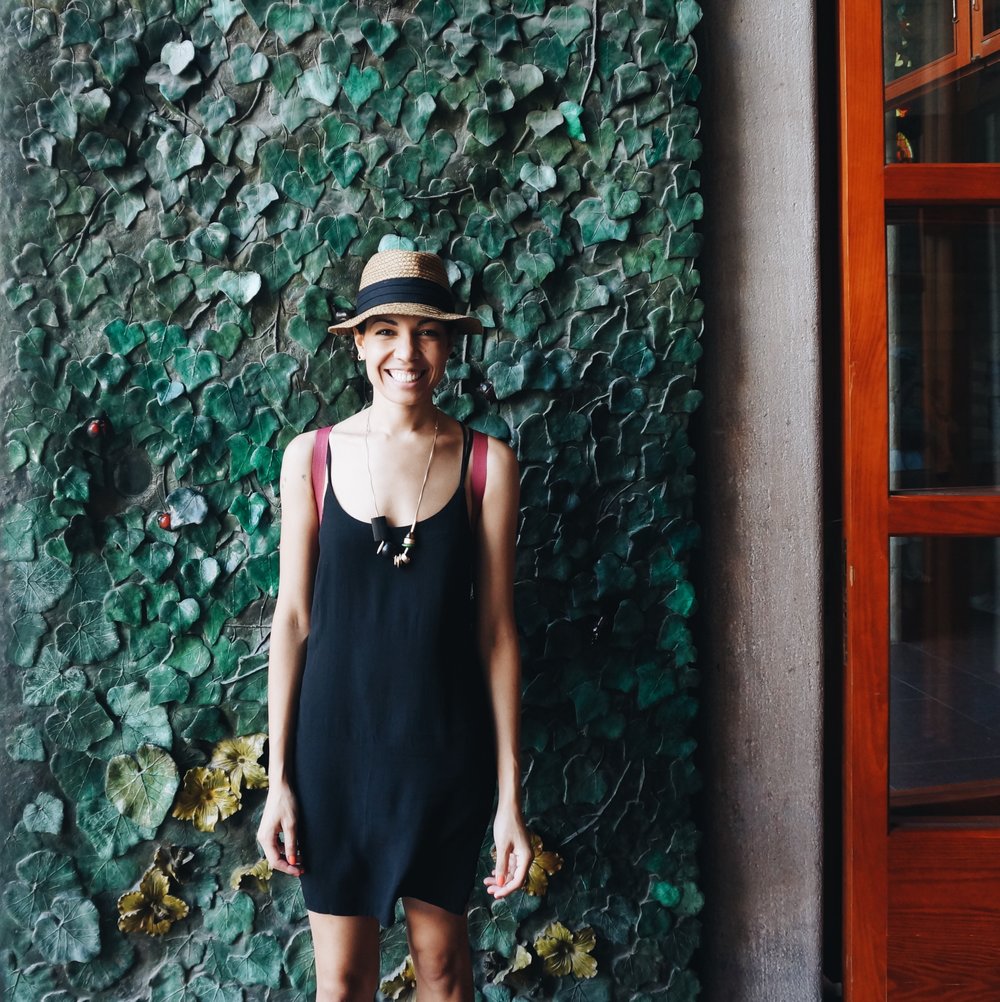I have become pretty good at planning vacations. I scour the internet for the best neighborhoods, museums, shopping and the like. But one thing I tend to struggle with is food. I am the type that can go from having a blast to being hangry in the matter of an hour so being around good food options while traveling is a must. But at the same time I HATE eating at tourist traps. It is the saddest things for me to spend on of my few meals on vacation at a place that over charges you for the poor imitation or watered down version of a local cuisine. That is why I have to share some of the best place I at at on this trip to Barcelona.
For a full foodie day start off with a coffee here. Satan's coffee corner is small, quasi-hidden spot in the gothic quarter serving up rich brunch dishes, pastries, and excellent coffee. Hipster vibes are abound, and they're only compounded by the super slow and apathetic service. But despite this you can't help but feel a little cooler leisurely drinking your coffee here, and the food certainly makes up for it.
For a proper breakfast head to Bubó Bar, right next door to world renown Bubó patisserie. If you are an eggs and bacon kind of person (like I often am!) you might be hard pressed to find it at other places in Barcelona. Especially if you are looking to avoid the very touristy places. Luckily there is Bubó Bar, situated right in from to Santa Maria del Mar Cathedral. Tables are limited, but their farm fresh eggs and incredible breads and pastries are worth the wait.
If you love a good donut then definitely pop into Chök, located in the heart of Las Ramblas. If you don't love donuts, who are you? No but in all seriousness, there are goodies for everyone here including truffles, churros, and other beautiful and artisanal pastries. Beware though, choosing just one is nearly impossible.
For cocktail hour and tapas you must go to El National. It is located in Eixample neighborhood (read more about Barcelona's various neighborhoods in this post) on the main stretch of Passeig de Gràcia. This parking garage turned high end "gastronomic experience" is beautifully designed and won't break the bank. There are several areas and bars to choose from including a tapas bar, oyster bars, cured meats bar and more.
For dinner you'll need to head to the beach for authentic paella that is rumored to be the best in Barcelona. Xiringuito Escribà is a spot on the boardwalk serving up seafood and sangria like none other I've had before. You can even watch your paella get cooked up in their open kitchen, but likely you'll be more focused on the seaside views or whatever delicious appetizer is in front of you.
Special shout out to Sal for being our foodie guru throughout this trip and leading us to many delicious meals!























